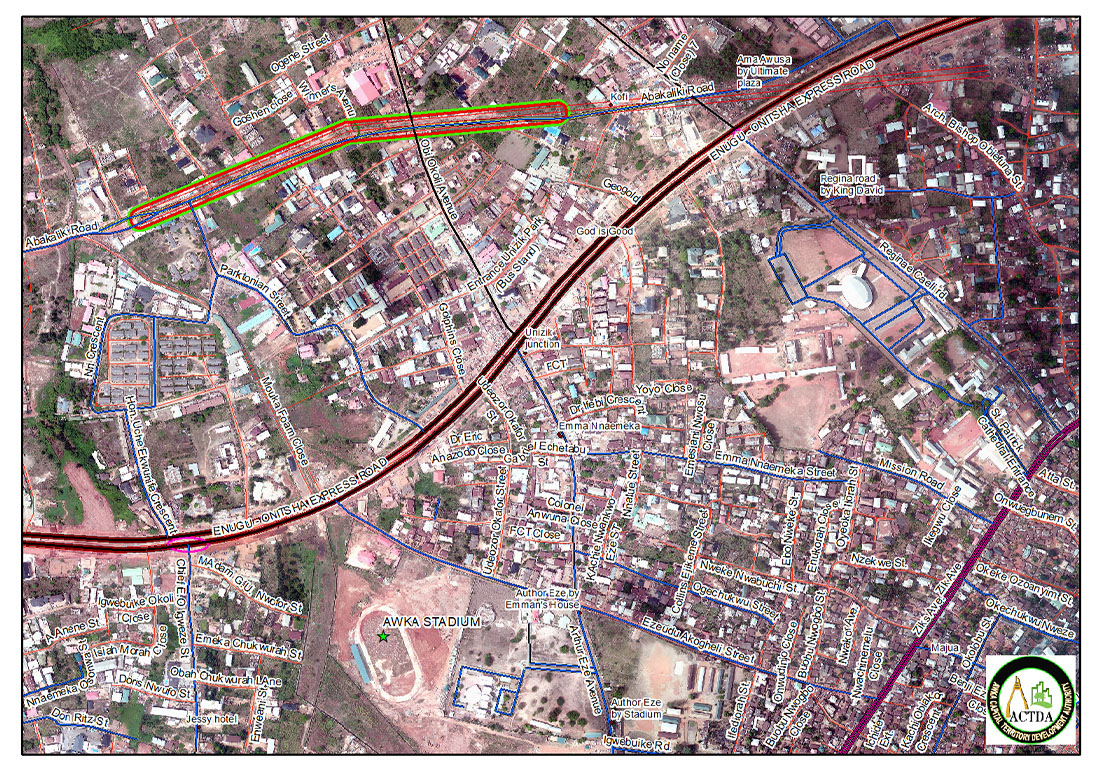Flexible Zoning Techniques for City Planning and Development
Zoning is a critical tool for city planning and development control, providing a legal framework for land use and development. Traditional zoning techniques have been the cornerstone of urban planning, but as cities evolve, the need for more adaptable and responsive planning methods becomes apparent. This is where flexible zoning techniques come into play, offering a dynamic approach to city development.
Floating Zones
Floating zones are an innovative zoning solution that allows for the application of zoning regulations to a parcel of land only when certain conditions are met. This technique provides a way to anticipate and plan for future land uses that are desirable for a community but not yet confirmed. For example, floating zones can be used to encourage the development of affordable housing or commercial centers in areas where such developments are anticipated but not yet ready to be permanently zoned for such uses.
Overlay Zones
Overlay zones are applied on top of existing zoning districts, imposing additional standards and criteria. These zones are particularly useful for protecting special features such as historic buildings, natural resources, or to promote specific types of development like mixed-use projects or transit-oriented developments. Overlay zones ensure that certain areas maintain their character or meet specific policy goals without altering the underlying zoning.
Incentive Zoning
Incentive zoning is a technique that offers developers certain benefits, such as increased density or height allowances, in exchange for providing community amenities or meeting other public policy objectives. This type of zoning encourages developers to contribute positively to the community, aligning private development interests with public goals.
Performance Zoning
Performance zoning focuses on the outcomes rather than the specific uses of land. It sets standards for the performance of buildings and developments, such as environmental impact, traffic generation, or aesthetic standards. This approach provides developers with the flexibility to meet these standards in various ways, promoting innovation and creativity in development projects.
Unified Development Ordinances (UDO)
UDOs consolidate all development-related regulations into a single document. This streamlines the development process, making it easier for developers to understand and comply with the city’s planning policies. UDOs can incorporate elements of floating zones, overlay zones, and performance zoning, creating a comprehensive and flexible regulatory framework.
The Awka Capital Territory Development Authority (ACTDA) can leverage these flexible zoning techniques to foster sustainable and strategic growth in Awka and its environs. By adopting these methods, ACTDA can ensure that development aligns with the long-term vision for the city, while also providing the adaptability needed to respond to changing circumstances and opportunities.
For a more detailed exploration of flexible zoning techniques and their applications, the American Planning Association provides extensive resources and case studies that can serve as a guide for agencies like ACTDA.
Implementing flexible zoning techniques requires careful consideration and a thorough understanding of the local context. However, when executed effectively, these methods can significantly enhance the ability of city planning and development control agencies to shape the future of their cities in a positive and sustainable manner.




